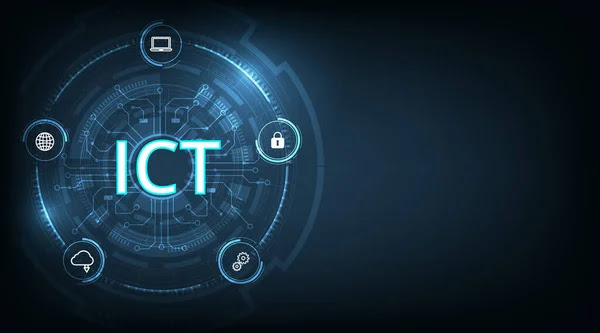Speak of Elon Musk and in all probability, companies like Twitter, Tesla or SpaceX will come to your mind. But little do people know about Elon Musk’s company OpenAI — an artificial intelligence (AI) research and development firm that is behind the disruptive chatbot ChatGPT.
The brainchild of Musk and former Y Combinator president Sam Altman, OpenAI launched ChatGPT in November 2022 and within a week, the application saw a spike of over a million users. Being able to do anything between coding and interacting that mimics human intelligence, ChatGPT has surpassed previous standards of AI capabilities and has introduced a new chapter in AI technologies and machine learning systems.
If you are intrigued by artificial intelligence and take an interest in deep learning and how they can benefit humanity, then you must know about the history of OpenAI and the levels AI development has reached.
Here are all the details about OpenAI, co-founded by Elon Musk
When was OpenAI launched and who are its bosses?

Launched in 2015 and headquartered in San Francisco, this altruistic artificial intelligence company was founded by Musk and Altman. They saw collaborations with other Silicon Valley tech experts like Peter Thiel and LinkedIn co-founder Reid Hoffman who pledged USD 1 billion for OpenAI that year.
To quote an OpenAI blog, “OpenAI is a non-profit artificial intelligence research company.” It further said, “OpenAI’s mission is to ensure artificial general intelligence benefits all of humanity” in a holistic way, with no hope for profit.
Today, OpenAI LP is governed by the board of OpenAI non-profit. It comprises OpenAI LP employees Greg Brockman (chairman and president), Ilya Sutskever (chief scientist) and Sam Altman (chief executive officer). It also has non-employees Adam D’Angelo, Reid Hoffman, Will Hurd, Tasha McCauley, Helen Toner and Shivon Zilis onboard as investors and Silicon Valley support.
Key strategic investors include Microsoft, Hoffman’s charitable foundation and Khosla Ventures.
In 2018, three years after the company came into being, Elon Musk resigned from OpenAI’s Board to avoid any future conflict as Tesla continues to expand in the artificial intelligence field. However, Musk will continue to donate to its non-profit cause and be a strong advisor.
Elon Musk’s involvement in OpenAI
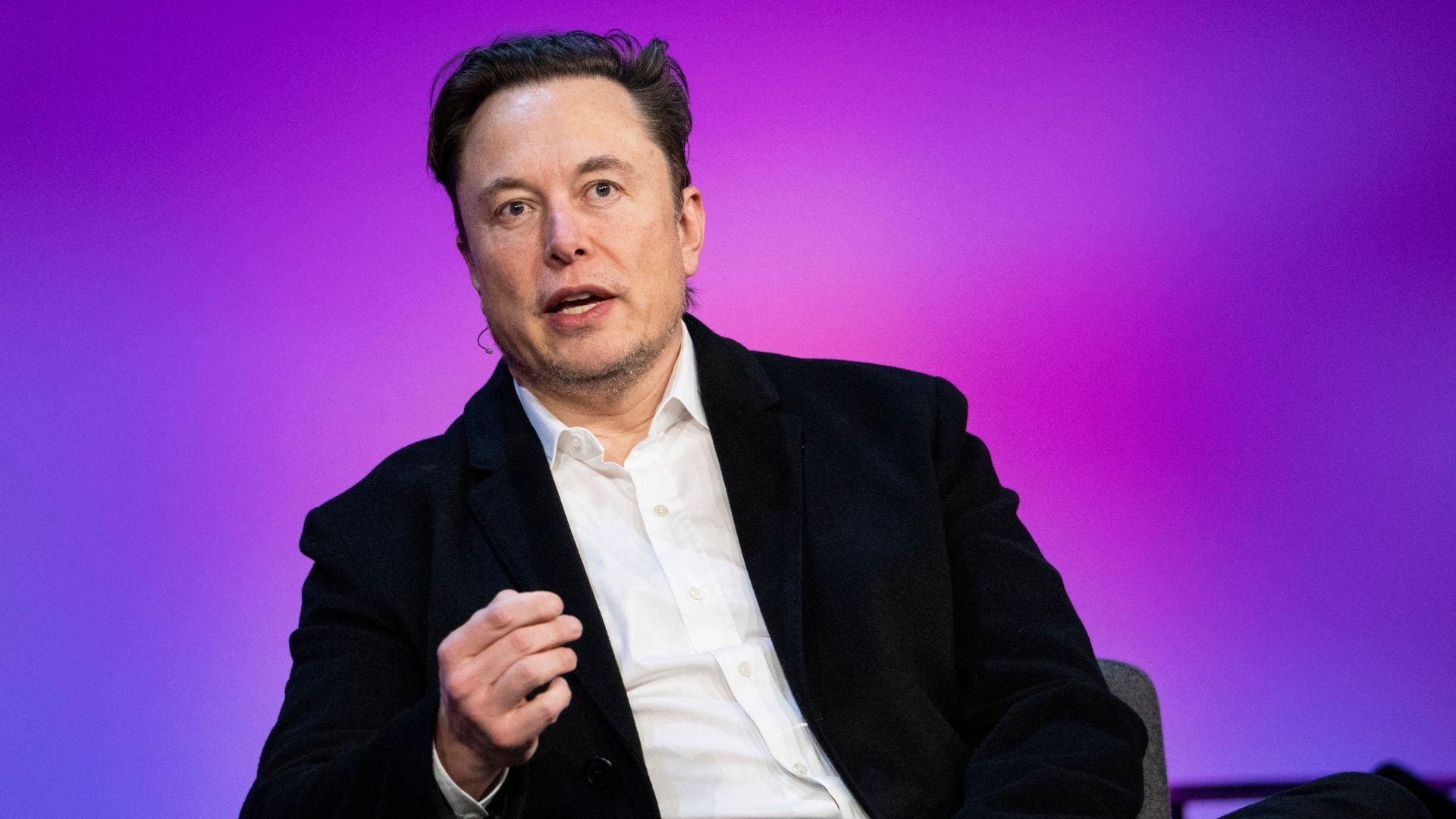
Although Elon Musk’s resignation was announced by OpenAI on grounds of conflict of interest, the current Twitter supremo later said that he quit because he couldn’t agree with certain company decisions and that he wasn’t involved with the artificial intelligence firm for over a year.
Plus, Tesla was also looking to hire some of the same employees as OpenAI and, therefore, “Add that all up & it was just better to part ways on good terms,” he tweeted.
However, things did not end there. In 2020, Musk tweeted “OpenAI should be more open imo,” answering an MIT Technology Review investigation that unearthed a deep-rooted secretive business model which contradicts its no-profit ideology and transparency.
Musk has also raised questions over safety concerns and tweeted, mentioning Dario Amodei, a former Google engineer who now leads OpenAI’s strategy, “I have no control & only very limited insight into OpenAI. Confidence in Dario for safety is not high.”
Open AI Gym
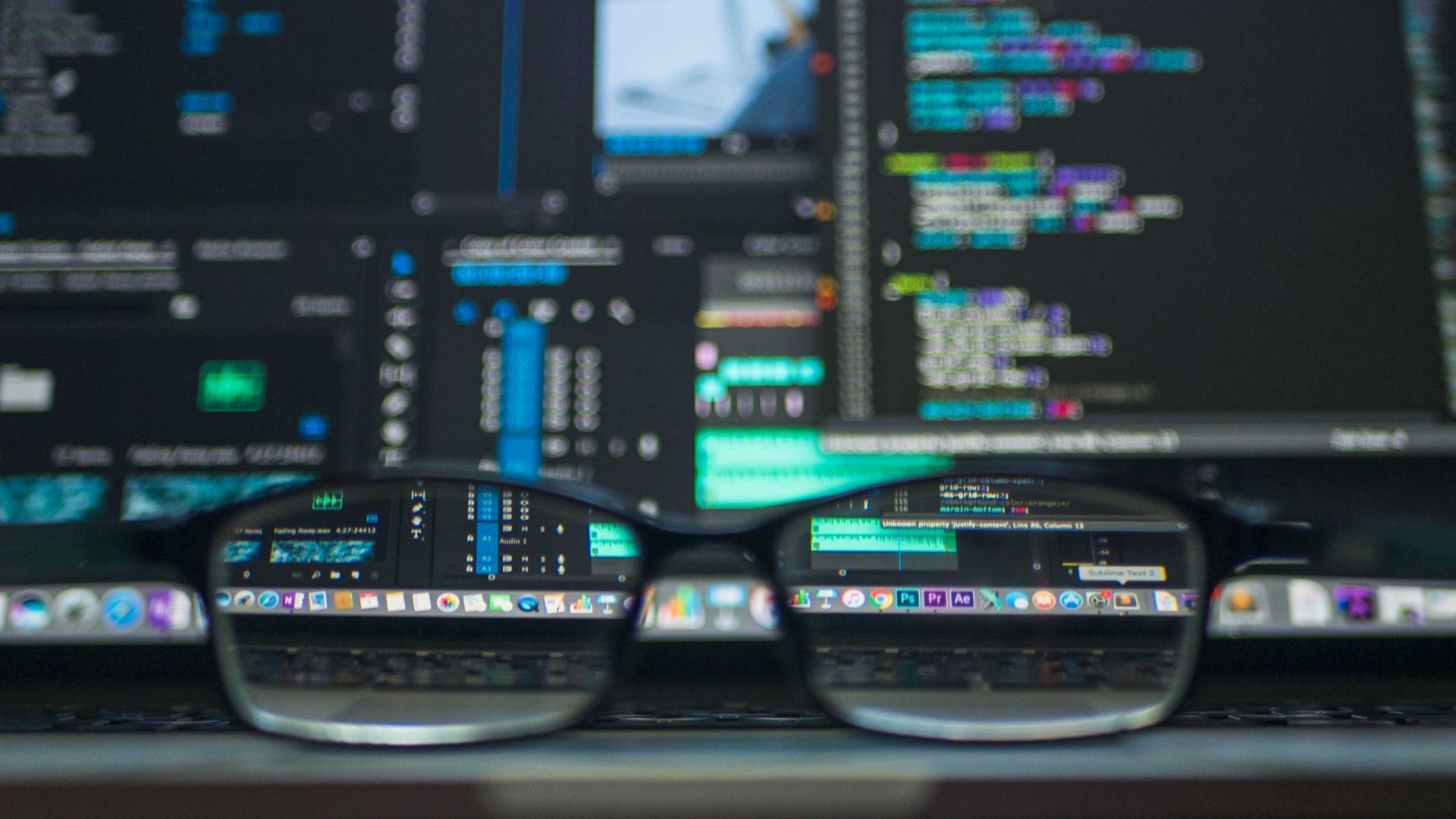
Over the years, OpenAI has set a high benchmark in the artificial general intelligence segment with innovations and products that are aimed at mimicking human behaviour and even surpass human intelligence.
In April 2016, the company announced the launch of the OpenAI Gym, “a toolkit for developing and comparing reinforcement learning algorithms.” Wondering what it is?
Reinforcement learning (RL) “is the subfield of machine learning concerned with decision making and motor control. It studies how an agent can learn how to achieve goals in a complex, uncertain environment,” says an OpenAI blog. These environments range from simulated robots to Atari Games and algorithmic evaluations.
To put it in simple terms, the OpenAI Gym enables researchers and research organisations to obtain the best result and arrive at a conclusive decision based on AI inputs. In fact, the gym was initially established to further the company’s own deep reinforcement learning research and extend artificial intelligence in the realms of conclusive evaluation.
OpenAI Universe
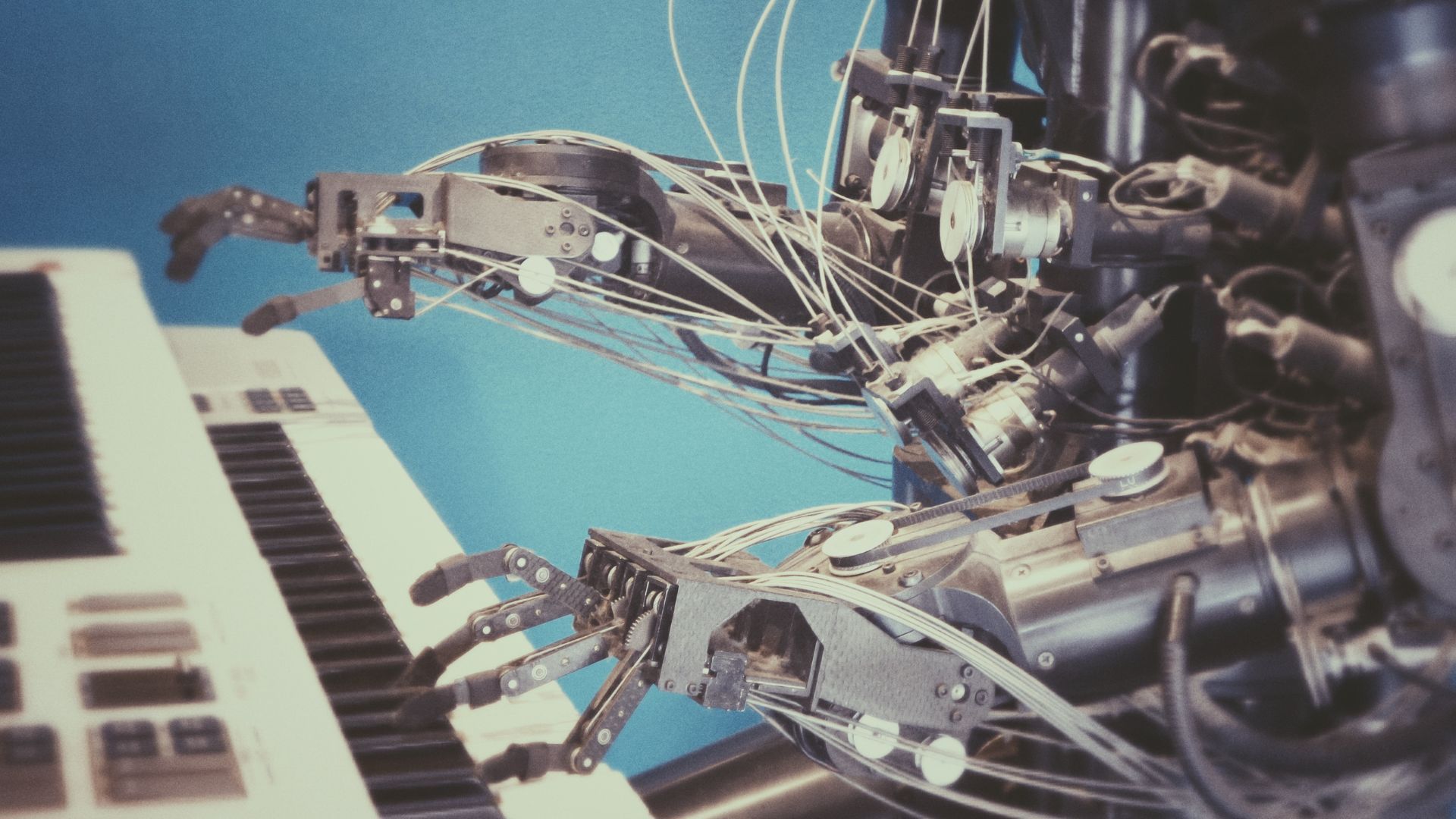
In December 2016, OpenAI announced another product called Universe. An OpenAI blog says it is a “software platform for measuring and training an AI’s general intelligence across the world’s supply of games, websites and other applications.”
In the realm of artificial intelligence, it is imperative for an AI system to complete all kinds of tasks successfully that a human being can do using a computer. Additionally, Universe helps train a single AI agent in completing computer tasks. And, when coupled with OpenAI Gym, this deep learning mechanism also uses its experiences and adapts to difficult or unseen environments to complete a task at hand.
OpenAI ChatGPT
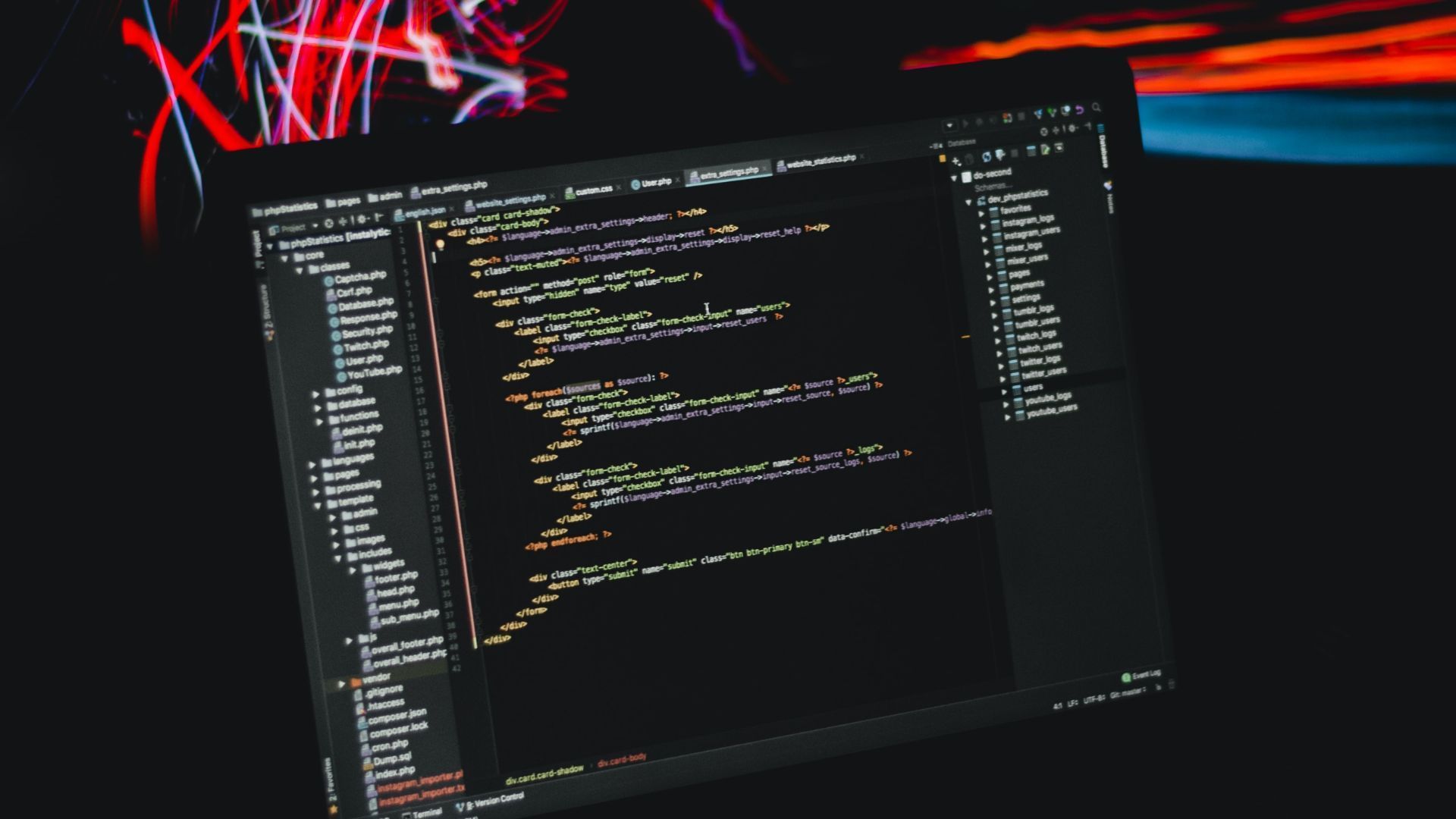
Advancing machine learning to foray artificial intelligence into the segment of human interaction is a path-breaking innovation, and OpenAI’s chatbot GPT is a ‘disruptive’ name in this sector. A chatbot is an artificial intelligence-based software application which can make human-like conversations. ChatGPT was launched on 30 November and within a week it garnered a whopping million users.
An OpenAI blog post states that their ChatGPT model is trained with a deep machine learning technique called Reinforcement Learning from Human Feedback (RLHF) that helps simulate dialogue, answer follow-up questions, admit mistakes, challenge incorrect premises and reject inappropriate requests.
While Musk chimed in to praise the chatbot and tweeted saying, “ChatGPT is scary good. We are not far from dangerously strong AI,” he later took to the microblogging site and said that OpenAI has access to Twitter’s database, which it used to train the tool. He added, “OpenAI was started as open-source & non-profit. Neither are still true.”
The Generative Pre-trained Transformer (GPT)-3 model has gained a lot of buzz. It is essentially a language model that leverages deep learning to generate human-like text. Along with machine-generated texts, it can also produce stories, poems as well as codes. It is deemed as an upgrade on the previous GPT-2 model, released in 2019, which is a large transformer-based language model with 1.5 billion parameters, trained on a dataset of 8 million web pages. To put it simply, language models are a set of statistical tools that enable such technology to predict the next word or syntax of the sentence.
Non-profit to capped-profit
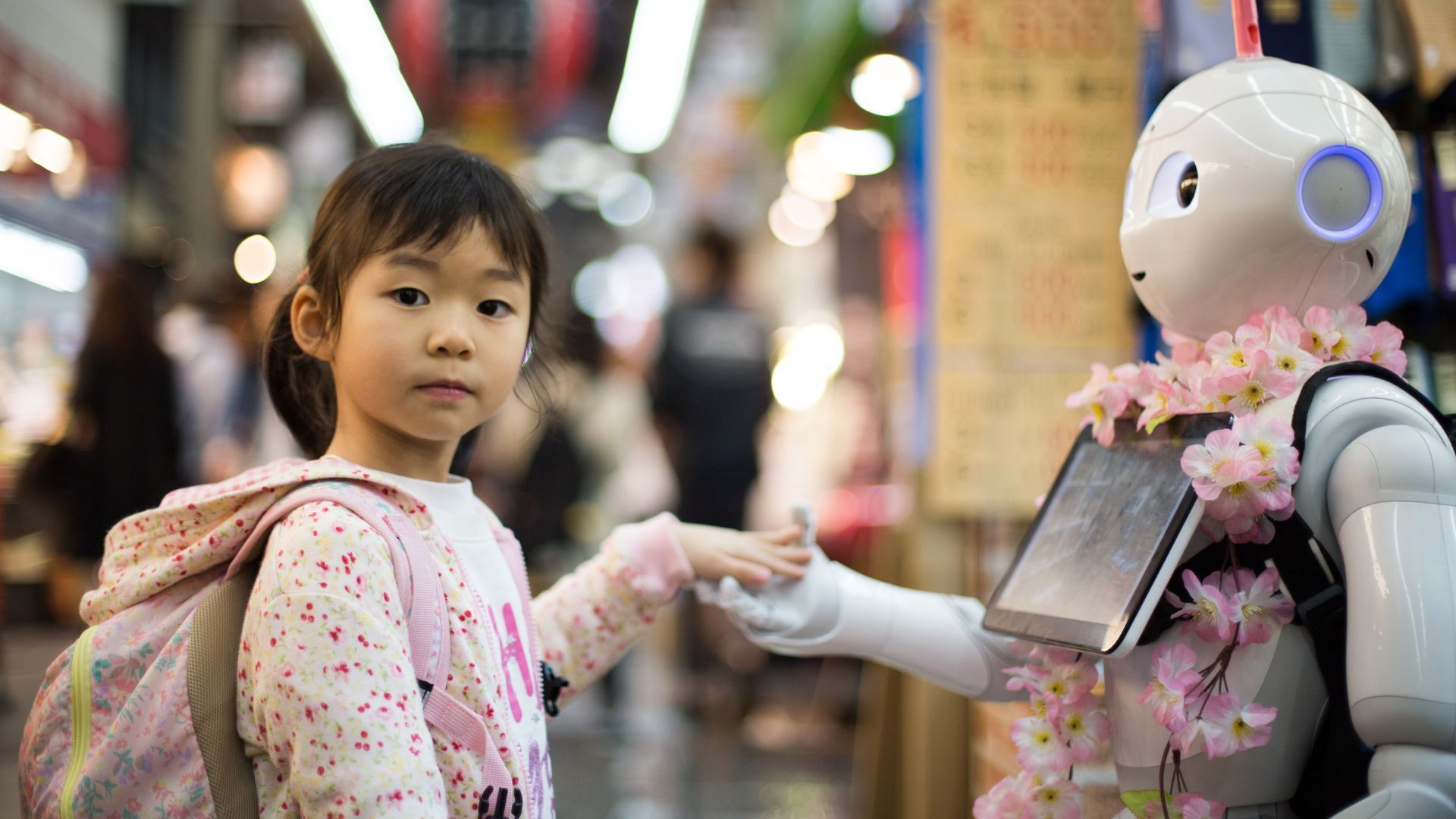
Interestingly, in 2019, OpenAI also goes from being a non-profit organisation to a for-profit entity. In an OpenAI released blog, it said, “We want to increase our ability to raise capital while still serving our mission, and no pre-existing legal structure we know of strikes the right balance. Our solution is to create OpenAI LP as a hybrid of a for-profit and nonprofit — which we are calling a ‘capped-profit’ company.”
With this, other investors can earn up to 100 times their principal amount but not go beyond that, and the rest of the profit would go towards non-profit works.
OpenAI collaborates with other tech giants
Over the years, OpenAI has made itself a pioneering name in developing AI algorithms that can benefit society and, in this regard, it has partnered with other institutions.
In 2019, the company joined hands with Microsoft as the latter invested USD 1 billion, while the AI firm said it would exclusively licence its technology with the tech company, as per a Business Insider report. This would give Microsoft an edge over other organisations like Google’s DeepMind AI company.
AI paints original masterpieces

In 2021, Open AI took a futuristic leap and created DALL-E, one of the best AI tools that can make some of the most stunning masterpieces. And just a year later, it upgraded itself to launch Dall-E2, which provides images with 4x greater resolution and precision.
Dall-E2 “is a new AI system that can create realistic images and art from a description in natural language.” With swift strokes, this human-like robot hand can paint artworks that merge concepts, attributes and style. If that is not enough, Dall-E2 can build on an existing art piece and create new expanded original canvases. It can add unimaginably realistic edits to an existing image, generating different variations of a previous image.
Is a human-like robot hand becoming the future?
Such intensive AI innovations and long-term research just go on to show how machines have acquired close to human-like attributes. However, experts have also seen it as the biggest existential threat to humanity, and Elon Musk, too, has shared the same thought.
While humans are the ones who have created it, Stephen Hawking had once told the BBC that AI could potentially “‘re-design itself at an ever-increasing rate,’ superseding humans by outpacing biological evolution.’
There is no denying that artificial intelligence has been taking giant leaps and has its impact felt in almost every aspect. From churning out daily news stories to creating world-class classical art and even making a full-fledged conversation, artificial intelligence and its dynamics have incredible potential, but what is in store for the future is left to be seen.
